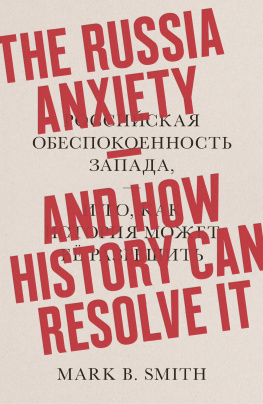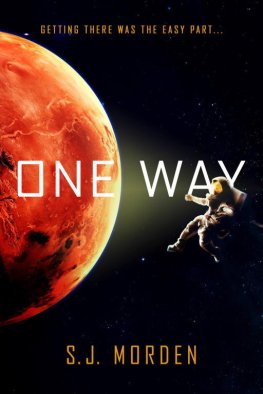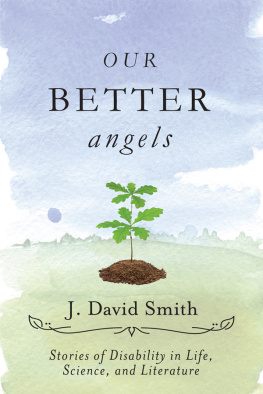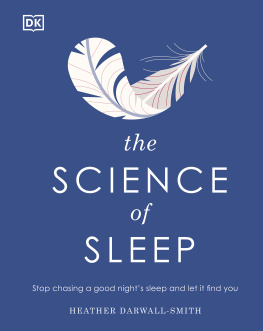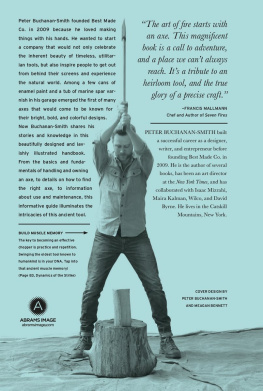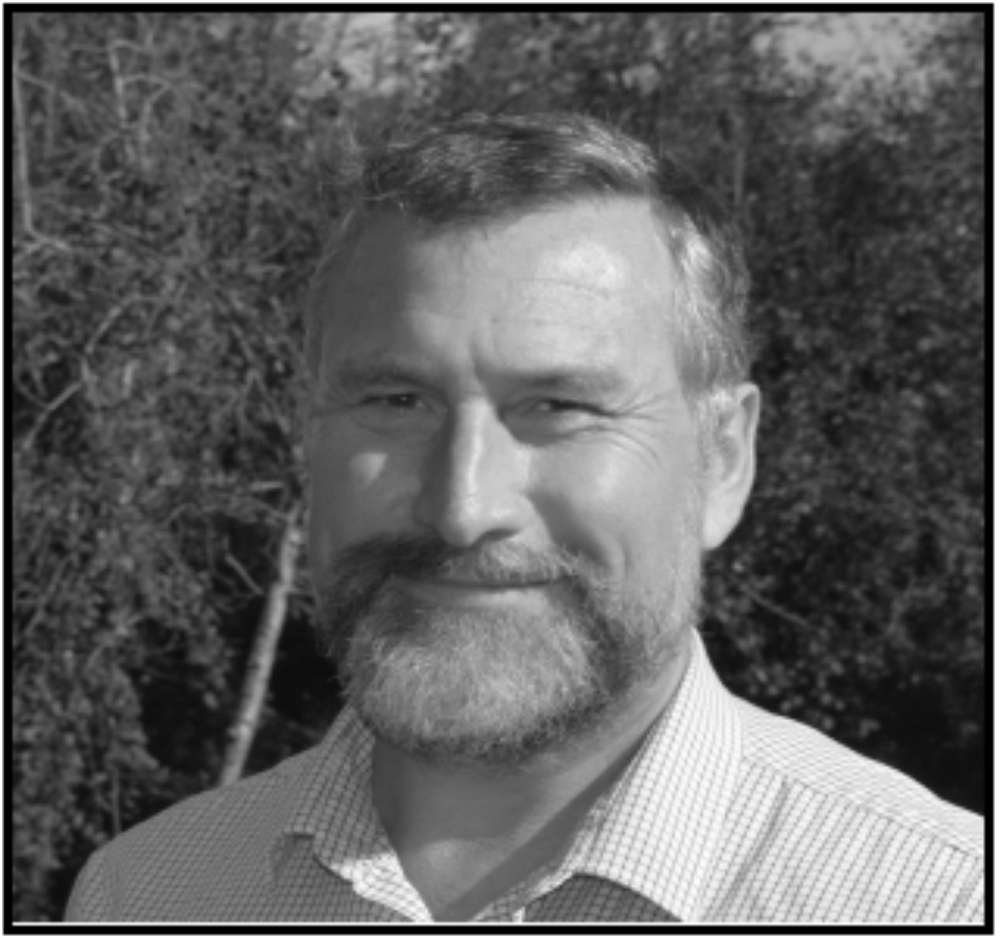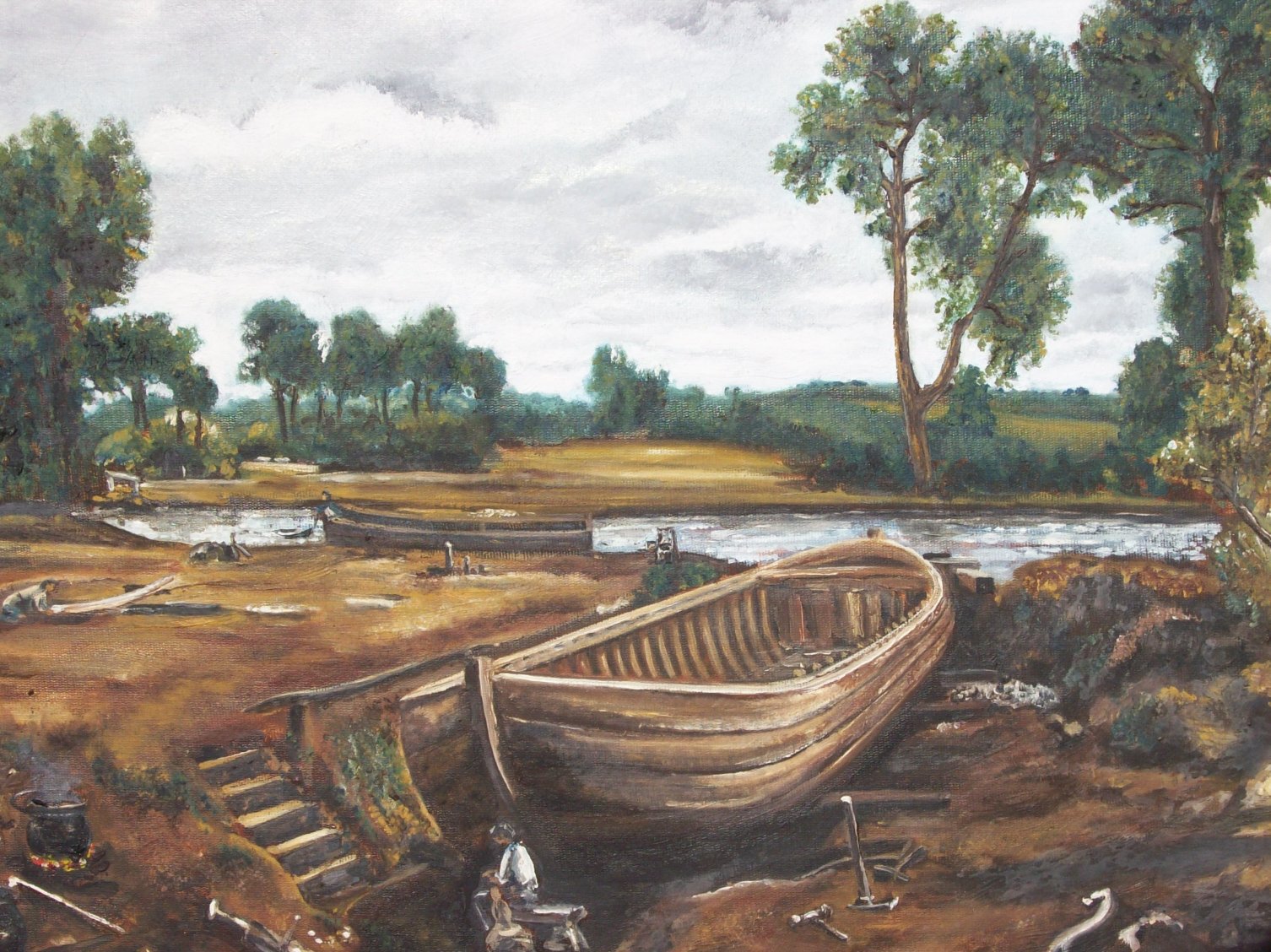Why You Cant Catch a Rocket to Mars
Some Personal Reflections on Science and Society
by Lyndon N. Smith
Copyright Lyndon N. Smith 2020
First published in the UK and USA by The Berkeley Bookstore , 2020
Lyndon N. Smith asserts the moral right to be identified as the author of this work.
All views expressed in this book are entirely and exclusively those of the author.
There is no intention to identify any individuals or organisations,
except where they are explicitly named.
ISBN-13: 9798566552750
Set in 11-point Calibri
All rights reserved. No part of this publication may be reproduced, stored in a retrieval system, or transmitted, in any form or by any means, electronic, mechanical, photocopying, recording or otherwise, without the prior permission of the publisher.
To my family
The author, Lyndon N. Smith, has no problems getting transport to Bristol or London every day, but he is disappointed that currently it does not seem to be possible to get a connection on to the Red Planet or Alpha Centauri. Lyndon lives in Central Somerset with his wife, son and 2 cats.
I believe we are in a world where innovation in stuff was outlawed. It was basically outlawed in the last 40 years - part of it was environmentalism, part of it was risk aversion.
- Peter Thiel
"Science at its best is an open-minded method of inquiry, not a belief system."
- Rupert Sheldrake
Ones ideas must be as broad as Nature if they are to interpret Nature.
- Sir Arthur Conan Doyle (via Sherlock Holmes)
"To be different is not necessarily to be ugly; to have a different idea is not necessarily to be wrong. The worst possible thing is for all of us to begin to look and talk and act and think alike."
- Gene Roddenberry
Acknowledgments
Thanks to:
Les Edwards, for kindly letting me use his I,Robot related illustration
South West News Service, for permission to use their photograph of
The Concorde/The Clifton Suspension Bridge
Angie for the book cover concept
Dianne for manuscript proof reading
My lovely wife, Luiza, for proof reading and keeping me out of trouble (I have to say lovely or I will get into trouble. She said that she would do it for love, then later I understood that a payment of 100 would not go amiss!)
My son, Andy, for spiritual guidance, and for being a great kid!
Sir Arthur Ignatius Conan Doyle, for Sherlock Holmes
Eugene Wesley Roddenberry, for Star Trek
And, of course, Tabby; for her help in relation to Schrdingers Cat!
Contents
Constables Boat-Building near Flatford Mill . Future technological development may enable us to reach for the stars, but we must make sure this does not occur at the expense of our natural environment. An example of the latter is Constable Country in Suffolk, the Area of Outstanding Natural Beauty where John Constable was born, and where he painted his most famous works. Many of these paintings feature activities occurring near the river Stour, such as those shown in Boat-Building near Flatford Mill , which was first exhibited in 1815. (Oil painting by the author.)
Introduction
We live in a society exquisitely dependent on science and technology and yet have cleverly arranged things so that almost no one understands science and technology.
Carl Sagan
This book is about science and society; it addresses the potential positive effects or benefits (or lack of them) that science is having and can have for society. It is not about social science. According to Wikipedia, social science is: the branch of science devoted to the study of human societies and the relationships among individuals within those societies. I would beg to differ with this definition, since social science does not actually comprise a scientific discipline, rather it is a systematic study of human society and social relationships. It is essentially part of the humanities and includes subjects such as economics or politics, whereas physics is an example of a scientific subject. The specific focus of the book is a cursory examination of technological progress that has been made, particularly in relation to what in the past was expected to have been achieved by now. This is followed by some speculations as to possible reasons for the identified discrepancies and potential approaches that could be pursued in order to assist with addressing our shortfalls, thereby helping to ensure that the full benefits of technological progress can be enjoyed in the future. In endeavouring to do this, it is necessary to examine several contributory factors in some detail - therefore a section is devoted to each - both to describe their nature and how they can arise. A number of methodologies are then outlined that may enable society to overcome the limiting factors. One of these, which is a technology that is already being widely researched and developed and which may provide the key to the technological progress that can potentially save our society as we know it, is artificial intelligence (AI). Consequently AI, and deep learning methods such as convolutional neural networks, are considered in some detail.
The above considerations are followed by Part 2, which addresses significant threats, both potential and real, that we face and what the most beneficial responses to them might be going forward. Examples of emerging threats range from viruses such as the coronavirus that has had such a profound effect on the lifestyle of everyone in 2020, through to less appreciated but equally real threats such as meteorites colliding with the Earth; but perhaps the most serious threat to modern society is from global warming. Despite the fact that it is beginning to dawn on humanity that these threats could dramatically transform society or even be potentially existential in nature, it seems that they are often not taken seriously. Politicians still seem reluctant to take minimal measures to address potential dangers to society in an effective way. Reasons for this will be considered, and potential responses outlined, which are consistent with continued scientific and technological development (rather than requiring humanity to revert to a primitive lifestyle) and which have the potential to offer long-term benefits for our lives that may well dwarf those we enjoy currently. Whatever the exact details of how we deal with threats and what developments our technologies will provide for our descendants, perhaps the most important consideration is that it really is possible and necessary to take a positive view on the future and the benefits that science can offer. This is not just an idealistic desire for positive thinking but more of a realistic appraisal of the benefits that science has already provided to humanity in the modern era. These dramatic lifestyle improvements are too extensive to be listed here so we will just confine ourselves to a couple of examples it is only in recent decades that everybody in Western societies has had enough food to eat, and medical breakthroughs in the same period have had a dramatic effect on the quality and duration of our lives.
Part 3 provides an antidote for the earlier parts of the book by highlighting some important scientific and technological developments that we might expect to occur in the future and the effects we may expect them to have on our society, along with a very rough timescale for them. This is followed by some reflections on the possible destiny of mankind. Finally, one or two concluding remarks are provided.







